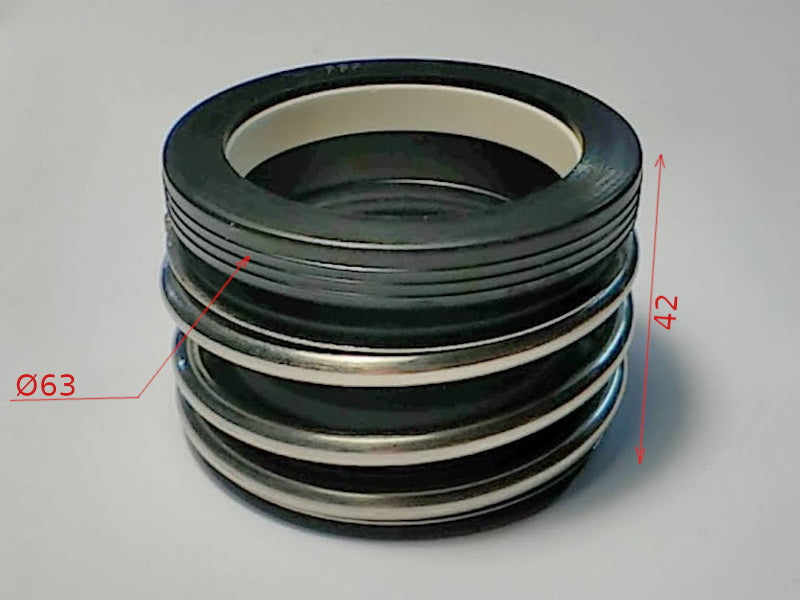Mechanical seals are critical components in many industrial applications, such as pumps, compressors, and mixers. They are used to prevent leakage of fluids and gases from the equipment, ensuring safe and efficient operation. However, mechanical seals can fail prematurely due to various factors, such as wear, corrosion, and contamination. One effective way to prevent premature seal failure is through mechanical seal flushing.
What is Mechanical Seal Flushing?
Mechanical seal flushing is the process of introducing a clean fluid into the seal chamber to remove contaminants and maintain a clean environment around the seal faces. The flushing fluid can be the same as the process fluid or a different fluid that is compatible with the process fluid and the seal materials. The flushing fluid is typically circulated through the seal chamber using a dedicated flushing system or a modified process system.
Why is Mechanical Seal Flushing Important?
Mechanical seal flushing offers several benefits that can improve the performance and reliability of mechanical seals. Here are some of the key reasons why mechanical seal flushing is important:
- Contamination Control: Mechanical seal flushing helps to remove contaminants, such as solids, liquids, and gases, from the seal chamber. Contaminants can cause wear, corrosion, and damage to the seal faces, leading to premature seal failure. Flushing also helps to prevent the buildup of deposits and fouling on the seal faces, which can affect the seal's ability to maintain a tight seal.
- Lubrication: Mechanical seal flushing provides a source of lubrication to the seal faces, reducing friction and wear. The flushing fluid also helps to dissipate heat generated by the seal faces, preventing overheating and thermal damage.
- Cooling: Mechanical seal flushing can help to cool the seal faces and the seal chamber, reducing the risk of thermal damage and extending the seal's lifespan.
- Pressure Control: Mechanical seal flushing can help to maintain a balanced pressure across the seal faces, preventing excessive pressure on one side of the seal and reducing the risk of seal face distortion and failure.
How to Implement Mechanical Seal Flushing?
Mechanical seal flushing can be implemented in various ways, depending on the specific application and equipment. Here are some common methods of mechanical seal flushing:
- Internal Flushing: Internal flushing involves introducing the flushing fluid directly into the seal chamber through a dedicated flushing port or a modified process port. The flushing fluid is then circulated through the seal chamber using a dedicated flushing system or a modified process system.
- External Flushing: External flushing involves introducing the flushing fluid into the seal chamber from outside the equipment, using a dedicated flushing system. The flushing fluid is then circulated through the seal chamber using a piping system and a pump.
- Barrier Fluid Flushing: Barrier fluid flushing involves introducing a clean fluid into the seal chamber to create a barrier between the process fluid and the seal faces. The barrier fluid is then circulated through the seal chamber using a dedicated flushing system or a modified process system.
Conclusion
Mechanical seal flushing is a critical process that can help to improve the performance and reliability of mechanical seals in industrial applications. By removing contaminants, providing lubrication and cooling, and maintaining pressure balance, mechanical seal flushing can extend the lifespan of mechanical seals and prevent premature seal failure. Implementing mechanical seal flushing requires careful consideration of the specific application and equipment, as well as the selection of compatible flushing fluids and systems.
